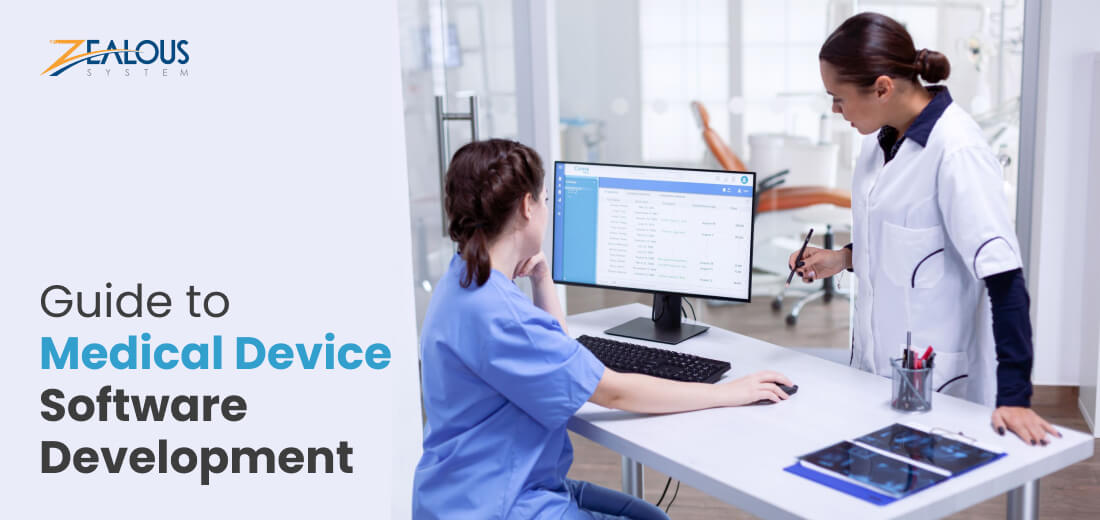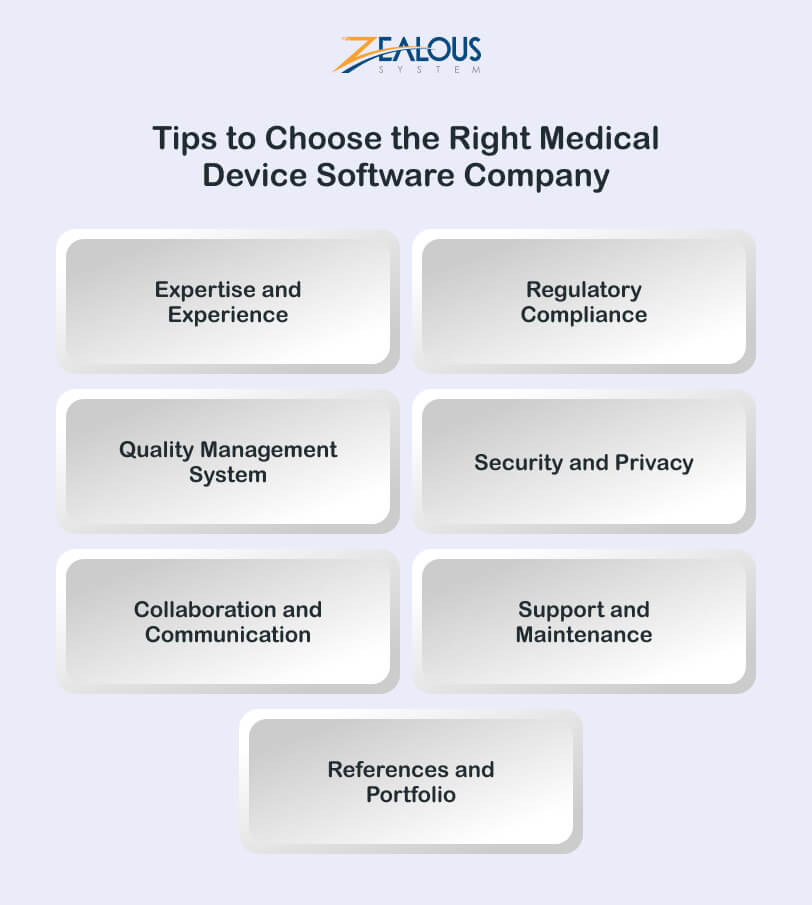
- Company
- Services
- UI/UX Design Services
- Microsoft Dynamics 365
- Mobile App Development
- AI Software Development
- Web App Development
- Generative AI Development
- Digital Product Development
- Enterprise Mobility
- SaaS Application Development
- Application Integration
- White-label WP Maintenance
- ERP Software Solutions
- Software Testing
- Offshore Development Center
- Let’s Connect
- Trending
- Technology
- Industry
- Build Your Team
- Our Work
- Company
- Services
- UI/UX Design Services
- Microsoft Dynamics 365
- Mobile App Development
- AI Software Development
- Web App Development
- Generative AI Development
- Digital Product Development
- Enterprise Mobility
- SaaS Application Development
- Application Integration
- White-label WP Maintenance
- ERP Software Solutions
- Software Testing
- Offshore Development Center
- Let’s Connect
- Trending
- Technology
- Industry
- Build Your Team
- Our Work
We use cookies and similar technologies that are necessary to operate the website. Additional cookies are used to perform analysis of website usage. please read our Privacy Policy
The Complete Guide to Medical Device Software Development

In the last decade, healthcare technologies have seen unprecedented growth, positioning software at the heart of medical device innovation. This software revolutionizes everything from diagnostics to treatment monitoring, proving to be a linchpin in the functionality of both embedded and standalone medical devices. As we navigate this era, understanding and developing software for medical devices becomes essential, highlighting its role in enhancing patient care and operational efficiency.
Medical device software development has not only advanced the capabilities of medical devices but also opened avenues for medical device app development, blending technology with healthcare in ways previously unimagined.
The global market for software as a medical device, which stood at USD 1,048 million in 2021, is expected to experience explosive growth, reaching USD 10,190 million by 2028. This growth trajectory represents a significant compound annual growth rate (CAGR) of 38.39%, according to Globe Newswire. Additionally, the broader Medical Technology sector is anticipated to generate revenue of USD 610.20 billion by 2024, with medical devices accounting for a substantial portion of this, totaling USD 511.20 billion.
This growth underscores the increasing reliance on medical software development to meet the demands of a rapidly evolving healthcare landscape. As businesses and developers dive into the realm of developing medical software, they’re met with the dual challenges of regulatory compliance and leveraging technological advancements. The journey toward medical device software development promises not just innovation but also significant profitability, given the right approach to compliance, technology, and market needs.
What is Medical Device Software?
Medical device software (MDSW) stands as an independent software entity crafted to execute medical functions without the need for physical hardware. It’s becoming an indispensable part of healthcare, significantly influencing diagnostics, treatment processes, and patient monitoring.
Its application spans a broad array of medical technologies, including but not limited to pacemakers, insulin pumps, surgical robots, and diagnostic imaging systems. Software for medical devices enhances healthcare quality and safety by delivering real-time feedback to medical professionals, automating critical processes to minimize errors, providing tailored treatments, and making healthcare more universally accessible and cost-effective.
One prominent example of Medical device software (MDSW) is the heart rate monitoring app found on many wearable devices. This software skillfully collects and analyzes heart rate data from the user, offering insights through a straightforward interface, exemplifying the software’s critical role in modern healthcare monitoring and diagnostics.
The development of such software is highly regulated to ensure safety, reliability, and efficacy. A recent study reveals that about 83% of medical IoT devices in the United States depend on software systems that are either outdated or no longer supported. These outdated systems, often neglected by their manufacturers, present significant security vulnerabilities. Consequently, they expose or inadequately encrypt up to 98% of sensitive medical information, posing a considerable risk to patient data privacy. This underlines the growing importance and potential of medical device software in improving patient care.
How to Build Custom Medical Device Software?
The journey of building custom software for medical devices includes essential stages to guarantee adherence to regulations, accuracy, and superior functionality. Below, we delve into these steps in more detail:
Step 1: Regulatory Requirements
Starting the journey of developing software for medical devices means diving deep into the maze of regulatory standards laid out by the FDA, HIPAA, and various other local authorities. These rules are the backbone of ensuring that the software we create is safe, of high quality, and truly effective.
Getting your software approved for the market and making sure it’s safe for patients hinges on how well you navigate these regulations. They guide every step of the medical software development process, helping you define what your software will do, the features it will have, and the safety measures it needs.
Step 2: Understanding Market Demands and User Needs
For successful medical device software development, thorough market research is indispensable. It enables a profound comprehension of the healthcare sector, identifying current trends and pinpointing user necessities. Interaction with healthcare professionals, patients, and stakeholders is key in uncovering precise user demands and inclinations.
Leveraging these insights is essential in shaping the features, design, and operational aspects of software for medical devices. Customizing the software to align with the identified user needs ensures the creation of a more efficient and intuitive product. This approach underscores the importance of user-centric development in enhancing the effectiveness and user experience of medical software development.
Step 3: Find a Skilled Medical Software Development Firm
Selecting a reputable medical device software development company with a solid background in software for medical devices is essential. They must demonstrate a consistent ability to meet regulatory standards.
A trustworthy firm specializing in healthcare software development services, such as Zealous System, plays a pivotal role not just in the development process but also in offering expertise. Their guidance is invaluable in ensuring regulatory compliance, crafting high-quality, reliable software, and delivering innovative solutions.
Step 4: Development Planning with Your Chosen Company
Collaborate with your selected company for medical software development to initiate project planning. This step encompasses outlining the project’s scope, setting milestones, and formulating the development strategy.
This stage is vital in laying the foundation for medical device app development, ensuring clear expectations, and synchronizing the development efforts with precise objectives and schedules. Proper planning is key to guiding the project towards success, reducing potential setbacks, and achieving the set goals.
Step 5: Development and Integration
The software development for medical devices is initiated once the preliminary groundwork is laid. This process, crucial for ensuring quality, precision, and adherence to regulatory standards, focuses on developing medical software that integrates flawlessly with healthcare systems. It enables smooth data exchange across various platforms, highlighting the importance of medical device app development and the role of software in a medical device.
Step 6: Deployment and Oversight
Upon finalizing, the software in a medical device is integrated into healthcare environments, marking a critical phase in medical device software development. This stage demands rigorous evaluation and ongoing surveillance to assess the software’s functionality. Constant vigilance in developing medical software is essential for detecting and rectifying any problems, ensuring the software for medical devices operates optimally and effectively.
Step 7: Maintenance and Updates
After deploying the software for medical devices, continuous support and maintenance are vital to maintain its reliability, security, and performance within healthcare settings. This part of the medical software development lifecycle involves resolving problems, applying updates or patches, and keeping the software current and compliant. Such sustained efforts in medical device app development ensure the software in a medical device remains effective and efficient over time.
Tips to Choose the Right Medical Device Software Company for Your Project?
Choosing the right medical device software company for your project is crucial to ensure the success and compliance of your medical software development. Here are some tips to help you make an informed decision:
1. Expertise and Experience:
Look for a company with a proven track record in medical device software development. Experience in developing medical software, especially in your specific field or for devices similar to yours, is invaluable.
2. Regulatory Compliance:
Ensure the company is well-versed in the regulatory standards relevant to your project, such as FDA regulations for the US, CE marking for Europe, or other international standards. They should have a clear understanding of the documentation and processes needed for approval.
3. Quality Management System:
Check if the company follows a strict Quality Management System (QMS) that complies with standards like ISO 13485. This is critical for the development of reliable and safe medical device software.
4. Security and Privacy:
With the increasing concern over data breaches, ensure the company prioritizes software security and patient data privacy, adhering to regulations like HIPAA in the US, GDPR in Europe, or other relevant data protection laws.
5. Collaboration and Communication:
The ability to effectively communicate and collaborate with your chosen company is key to the success of your project. Look for a company that values transparency and is open to regular updates and feedback loops.
6. Support and Maintenance:
Post-deployment support and maintenance are crucial for the ongoing success of your project. Ensure the company offers comprehensive support services to address any issues promptly and to keep the software updated.
7. References and Portfolio:
Request case studies, references, or a portfolio of their previous projects. This will give you insights into their expertise and the quality of their work. Don’t hesitate to contact their former or current clients for feedback.
Conclusion
Medical device software development is intricate yet beneficial, encompassing various perks. By utilizing regulatory guidance, specialized knowledge, and pre-designed software options, developers can guarantee their product adheres to all required legal compliance norms.
Nevertheless, it’s advisable to collaborate with a seasoned team familiar with the regulations and supporting technologies, as Zealous does. Our professionals have proven experience in software development for medical devices, enabling them to foresee potential hurdles during development and offer tailor-made solutions suitable for any scenario.
We are here
Our team is always eager to know what you are looking for. Drop them a Hi!
Pranjal Mehta
Pranjal Mehta is the Managing Director of Zealous System, a leading software solutions provider. Having 10+ years of experience and clientele across the globe, he is always curious to stay ahead in the market by inculcating latest technologies and trends in Zealous.
Table of Contents
×


Comments